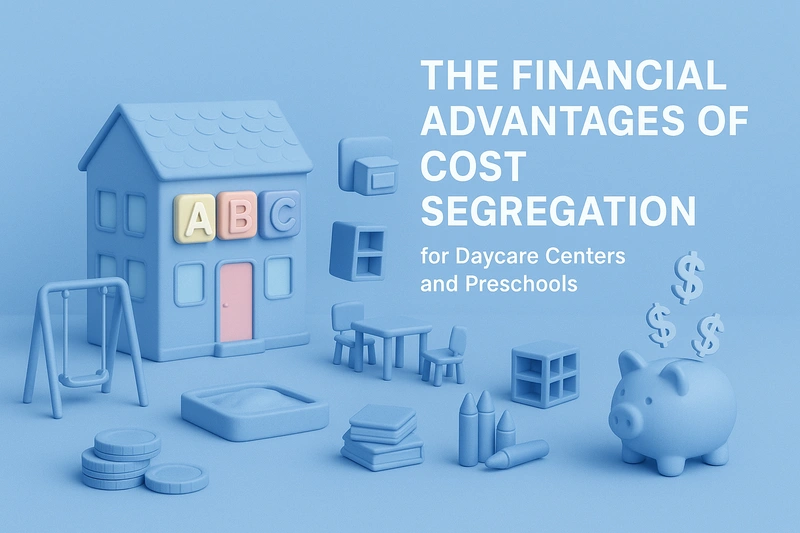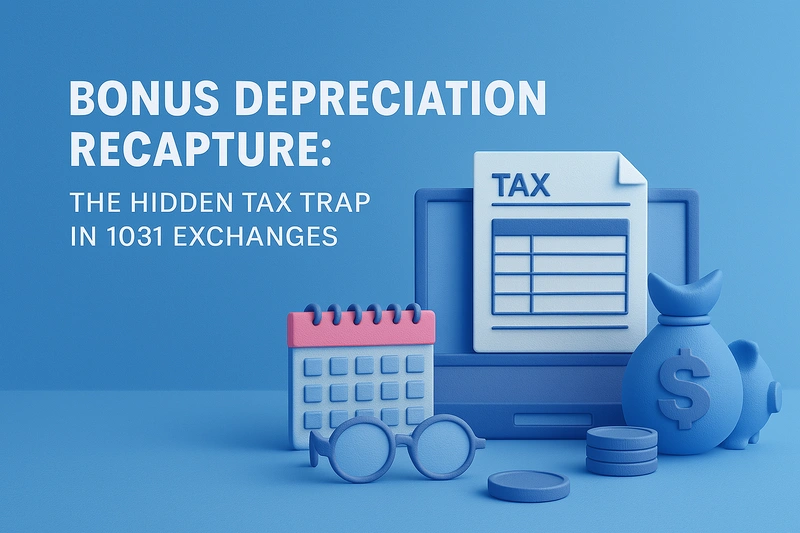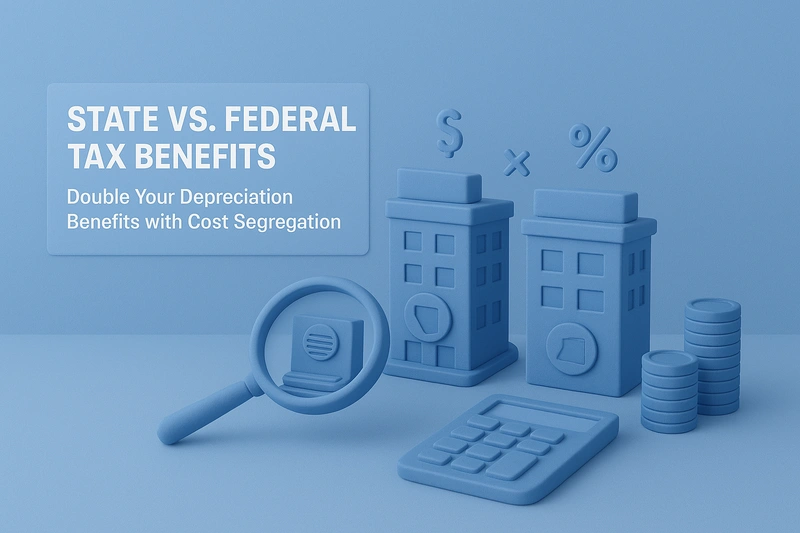I was chatting with a CPA friend last spring, and she mentioned an unexpected pattern: daycare centers and preschools seem to reap year-one tax deductions that other commercial properties often miss. That piqued my curiosity, and not long after, I found myself analyzing a small preschool renovation project and uncovering nearly $150,000 in front-loaded depreciation that the owner hadn’t capitalized on.
That experience cemented for me what many seasoned cost-seg consultants will recognize: early childhood education facilities often carry a mix of structural elements (playgrounds, specialized HVAC, cabinetry, flooring) that are ripe for segregation.
What many daycare center and preschool operators don’t realize is that cost segregation is a strategic, IRS-sanctioned tool that can unlock real cash flow and thus help with reinvestment, facility upgrades, or even staffing improvements. And preschools and daycares, with their unique build-outs and high-touch environment, are among the best candidates for these savings.
Why Daycare Centers and Preschools Are Ideal Candidates for Cost Segregation
Daycare centers and preschools typically incorporate a diverse array of specific interior improvements. Think activity mats, cubbies, child-grade toilets, special lighting, playground equipment, and non-load-bearing partitions. These components often qualify for 5-, 7-, or 15-year depreciation schedules instead of the standard 39-year life of the building structure.
That matters because:
- Faster depreciation = faster cost recovery. Reclassifying assets into shorter lives increases early-year tax deductions, boosting cash flow when you need it for graders, curriculum updates, or expansion.
- Capital-intensive improvements are common. Whether you’ve installed new nap areas, upgraded kitchenettes to meet OSHA standards, or added a soft-surface playground, these costs compound quickly, and each can form part of a segregated component package.
How Cost Segregation Works Specifically for These Facilities
- Detailed Cost Breakdown
A cost segregation study reviews blueprints, construction invoices, and asset lists to allocate costs between structural envelope items (roofs, load-bearing walls) and personal property (flooring, fixtures, playground equipment).
- Engineering and Tax Collaboration
Engineers identify assets eligible for accelerated depreciation, while tax professionals align that information with IRS guidance (e.g., IRS Audit Techniques Guide on cost segregation, Revenue Procedure 87-56). Precision matters, especially with daycare-specific items like built-in cubbies or commercial nap pods.
- Depreciation Reclassification
Assets are reclassified:
- Personal property: 5 or 7 years
- Land improvements (e.g., paved playgrounds, fences): 15 years
- Remaining structure: 39 years
- Amended Returns and Catch-Up Depreciation
If you’ve been operating for a few years without one, you can use a Section 481(a) adjustment on your current return to “catch-up” depreciation, effectively recognizing missed deductions, even for projects completed years ago.
Key Tax Strategies for Preschool and Daycare Operators
1. Timing Renovations Around Tax-Deductible Improvements
If you’re planning a build-out or upgrade (like a restroom remodel for ADA compliance or a new kitchen), the break may make a difference in timing. A cost-seg study in advance lets you quantify the benefit and schedule updates strategically.
2. Use Section 179 (Where Permissible)
Certain non-structural equipment (like refrigerators, educational tablets, or safety gates) may qualify for Section 179 expensing on top of depreciation. When combined with cost segregation, these tools can further accelerate write-offs (though limits apply).
3. Don’t Forget Land Improvements
That rubber safety surface under your slides, the outdoor sandbox area, or the paved drive for carline pickup? These are land improvements and may be depreciated over 15 years, not 39.
4. Understand “Change-in-Use” Scenarios
If you convert an office building into a daycare or preschool, a cost-seg study captures the new asset-mix based on function. You still get accelerated deductions even if the structure predates your conversion.
Common Misconceptions And How I’ve Seen Clients Overcome Them
“It’s too expensive.”
I frequently hear this. But a well-scoped cost segregation study, especially for smaller facilities, typically pays for itself within the first year through tax savings alone. Plus, the IRS allows the study’s cost to be deducted as a business expense (under Section 162 or Section 179 treatment), meaning you can recover that cost over time.
“I’ve already filed too many years back.”
That’s when the Section 481(a) adjustment becomes your friend. You can file a “catch-up” via your current-year return without amending older filings.
“We’re too small.”
Even modest stand-alone preschools invest heavily in furniture, kitchenettes, and outdoor equipment. On one project, reclassifying just equipment and flooring unleashed over $30K in early depreciation, but meant a staffing boost that saved a young owner from a tight payroll month.
Building a Practical Roadmap for Your Team
A cost segregation strategy works best when you approach it in steps. For daycare and preschool operators, here’s a clear way to put it into action:
1. Inventory Your Property
- List all improvements and renovations, from classroom flooring to playground equipment.
- Keep invoices and records organized. These details drive accurate reclassification.
2. Work with the Right Specialist
- Choose a provider who has experience with education-focused facilities.
- Look for engineering-backed studies that cover unique features like child-sized fixtures, cubbies, and outdoor play surfaces.
3. Time Your Renovations Strategically
- Align major upgrades, such as restrooms, kitchens, or added classrooms, with a study.
- Capturing new costs immediately maximizes first-year deductions.
4. Capture Outdoor Improvements
- Don’t forget playground surfacing, fencing, landscaping, and drop-off areas.
- These often qualify for 15-year depreciation instead of 39 years.
5. Use the Catch-Up Provision if Needed
- If you’ve operated for years without a study, you can still benefit.
- The IRS allows you to claim missed deductions in the current year through a Section 481(a) adjustment.
Why This Investment Goes Beyond Just Tax Savings
Applying cost segregation to preschools gives operators real, timely financial flexibility in a capital-intensive, high-regulation environment. Many educational property owners are lean on margins and high on compliance.
Unlocking $20K–$100K in early depreciation can be the difference between funding a safety upgrade this year or deferring it. And when you view cost segregation as part of smart capital planning (not a one-off tax trick), it changes how you approach every renovation.
Ready to Leverage Cost Segregation?
Choosing to invest in cost segregation for daycare centers and preschools doesn’t just mean better tax positioning — it signals operational foresight. When you’re looking at the financial future of your facility, this strategy supports reinvestment, safety, staffing, and educational quality.
If you’re ready to explore how cost segregation can directly benefit your preschool or daycare, I’d encourage you to connect with our team at R.E. Cost Seg. Our expertise in designing detailed, compliant studies tailored to early childhood environments can help you unlock strategic savings while reinforcing your facility’s financial and educational strength.






